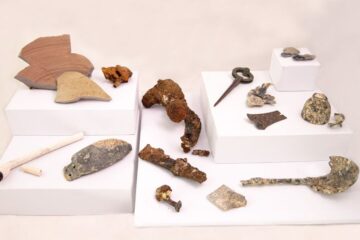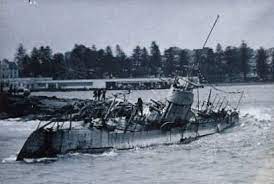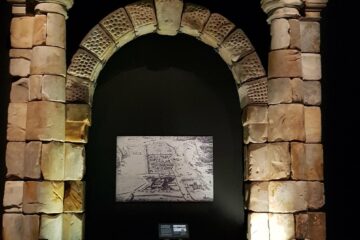
In 1705, the Dutch East India Company (VOC) launched an exploratory expedition to the Tiwi Islands, north of Arnhem Land in what is now the Northern Territory of Australia. The expedition, led by Commander Maerten van Delft, was one of several early attempts by the Dutch to chart the coastline of the “South Land” from their base in Batavia (now Jakarta). But the Tiwi were not passive observers of European exploration. According to oral tradition, including recollections by Tiwi elder Barry Puruntatameri, the Dutch encounter was met with firm and coordinated resistance.
“Different Tiwi groups, who were normally rivals, … all joined together, forging a new alliance,” Puruntatameri recalled, as cited in Tiwi Story: Turning History Downside Up by Mavis Kerinaiua and Laura Rademaker (2023:29).
This moment of inter-clan unity in the face of an external threat illustrates the agency and political sophistication of the Tiwi people. Traditionally, Tiwi society comprised multiple autonomous bands or clan groups. While rivalry between these groups was not uncommon, they could mobilise collectively for defence or ceremonial purposes.
The 1705 encounter took place at a site known as Purrampunarli, on the northern coast of Melville Island. When Dutch sailors attempted to land, they were met by Tiwi warriors armed with spears. Contemporary Dutch accounts recorded the encounter as hostile, and the Dutch withdrew without establishing further contact. The memory of that confrontation remains strong in Tiwi oral history.
Historian Peter Forrest, in his 1995 report The Tiwi Meet the Dutch: The First European Contacts, commissioned by the Tiwi Land Council, confirms this historical episode. He notes that van Delft’s expedition made no lasting impression on the Tiwi Islands, largely due to the determined local resistance. The Tiwi demonstrated not only physical defiance but also a clear desire to protect their land and way of life from intrusion.
This early moment of contact is notable for its contrast with later colonial experiences in northern Australia. In 1824, the British established a short-lived military settlement called Fort Dundas on Melville Island. It too was met with Tiwi resistance and was eventually abandoned in 1829. In both cases, the Tiwi refused to cede control of their land.

The 1705 incident is one of the earliest recorded examples of Aboriginal resistance to European exploration in Australia. It predates British colonisation by nearly 80 years. The alliance formed among rival Tiwi groups in response to the Dutch visit reveals a flexible political system capable of rapid adaptation in the face of external challenges.
Tiwi elders and historians continue to tell these stories, not as myths, but as part of a living tradition that preserves the memory of Indigenous autonomy. As Rademaker and Kerinaiua emphasise in their collaborative history, these oral accounts turn the dominant narrative of colonial discovery “upside down,” by centring the Indigenous experience of first contact.
Sources:
- Kerinaiua, Mavis and Rademaker, Laura. Tiwi Story: Turning History Downside Up. UNSW Press, 2023.
- Forrest, Peter. The Tiwi Meet the Dutch: The First European Contacts. Tiwi Land Council, 1995.
- Tiwi Land Council. “History and Culture.”
- National Library of Australia Catalogue Entry.


